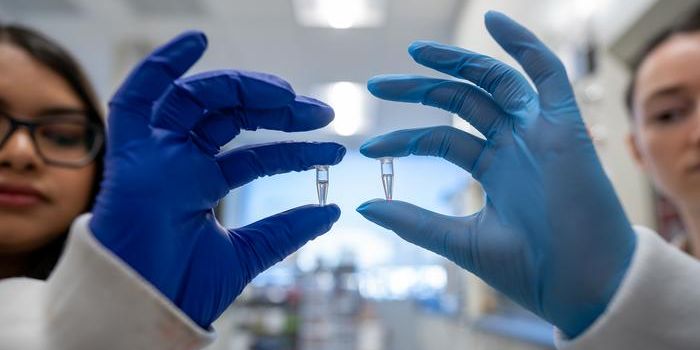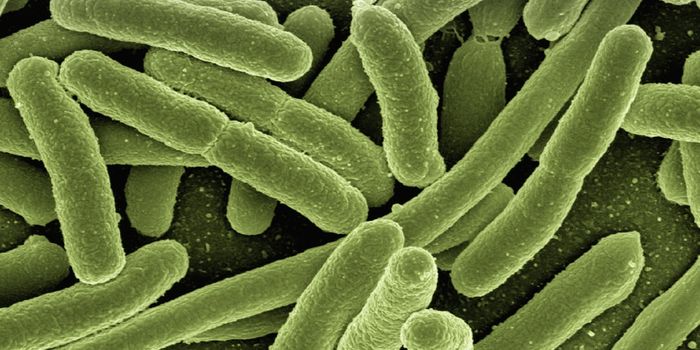How a Common Fungus Can Alter the Lungs to Suit Itself
There are many microbes in our environment; many are harmless, some perform important functions, and some may pose a threat. Aspergillus fumigatus, for example, is a fungus that can be often be found in soil, as well as decaying organic matter; it has a crucial role in recycling carbon and nitrogen on our planet. A. fumigatus is also widely distributed in the air, so on average, people probably inhale a few hundred spores of A. fumigatus every day. This fungus is highly adaptive, and it can also evade weakened immune defenses in immunocompromised individuals to cause lung infections, called Aspergillosis. There are limited treatment options for this disease, and it's difficult to treat effectively.
Scientists have now analyzed genetic data from about 250 strains of this fungus, and data from 40 Aspergillosis patients that characterized the lung microbiomes of these individuals. This showed that when people are infected with A. fumigatus, the composition of their lung microbiome begins to change dramatically. The findings have been reported in Nature Communications.
Previous research has shown that fungal strains can be quite different from one infected patient to another. For example, the genomes of 250 Aspergillus fumigatus strains isolated from different places were only about 70 percent identical, a vast difference considering that organisms like humans and pigs have about 95 percent identical genomes.
This study aimed to reveal how these genetic differences affected fungal metabolism in the context of lung microbiomes, which are already complex, noted study leader Gianni Panagiotou, head of the Microbiome Dynamics department at Leibniz Institute for Natural Product Research and Infection Biology (Leibniz-HKI). "Understanding what might drive fungal growth, and thus survival, of A. fumigatus in different habitats might advance the development of prophylactic or therapeutic strategies to control the fungal pathogen levels."
In this work, the researchers applied the fungal genomic data and known biochemical information to computational tools that modeled the metabolic reactions and output of the 250 fungal strains. This showed that the clinical strains are significantly different from strains that are found in the environment, particularly when it comes to amino acid synthesis, said co-lead study author Mohammad Mirhakkak.
This model was also applied to samples that were obtained from 40 cystic fibrosis patients before and after they had been diagnosed with Aspergillosis. The investigators also revealed the composition of the lung microbiomes in these patients with metagenomic tools. The efforts suggested that A. fumigatus seems to alter the lung microbiome to its advantage.
Computer simulations indicated that even fungal strains that had metabolic deficiencies would be able to survive in the lungs because of the support of the lung microbiome, which assumed responsibility for some metabolic processes.
"Our results show that when developing new drugs, we need to keep in mind, on the one hand, the enormous variability of the metabolism of Aspergillus fumigatus, and on the other hand, that we also need to keep the entire microbiome in mind," Panagiotou said.
Sources: Leibniz Institute for Natural Product Research and Infection Biology - Hans Knoell Institute, Nature Communications









